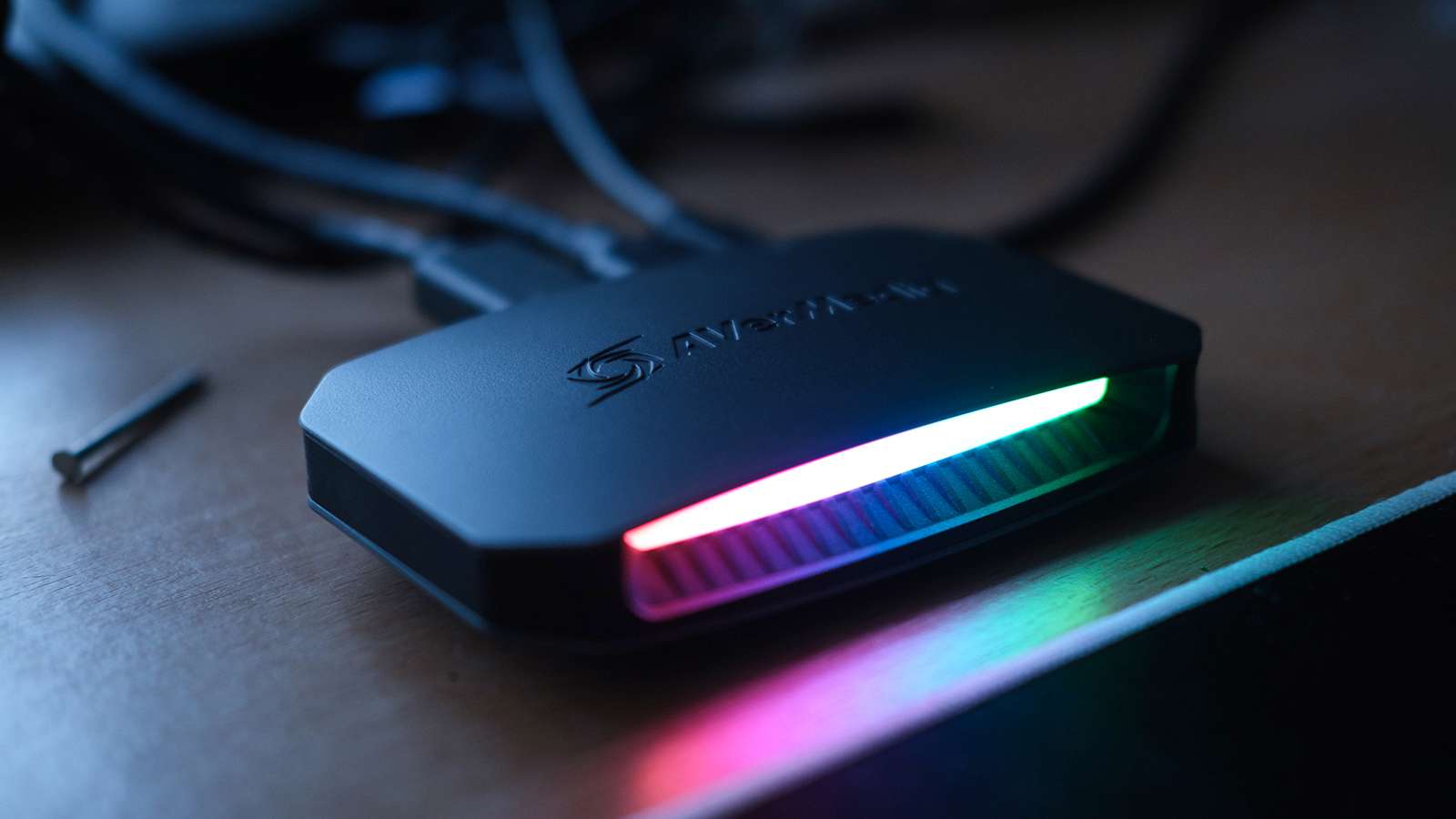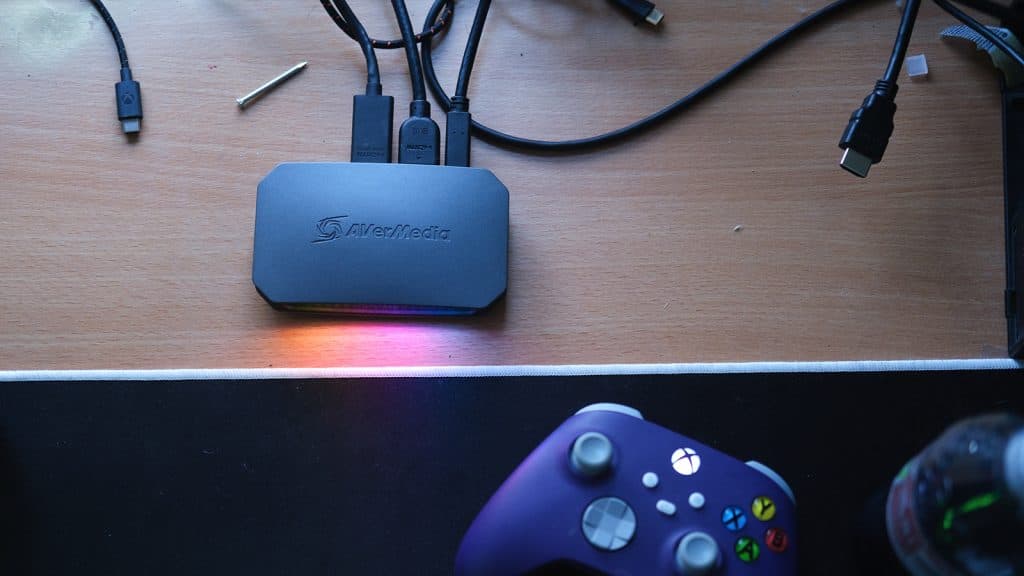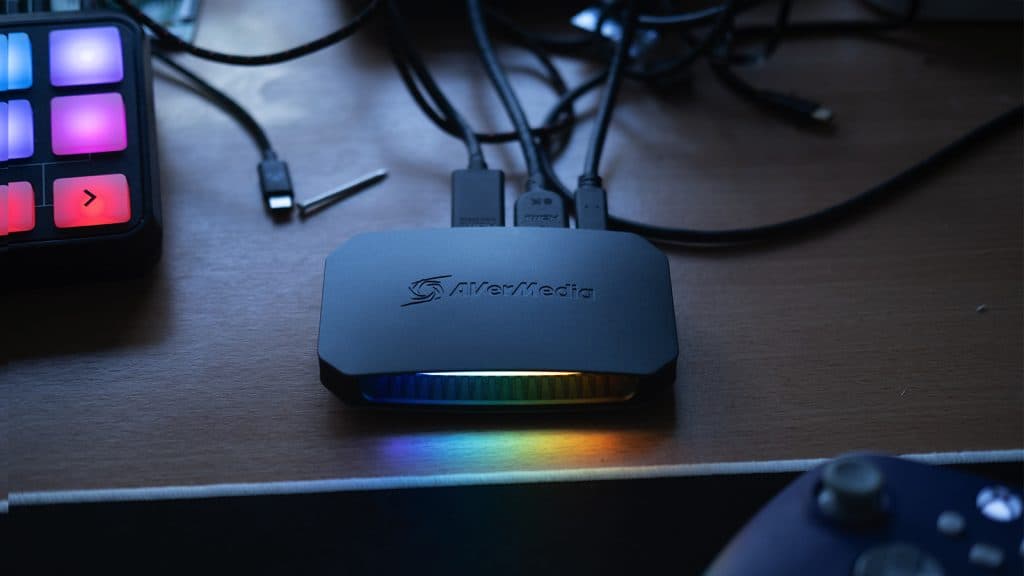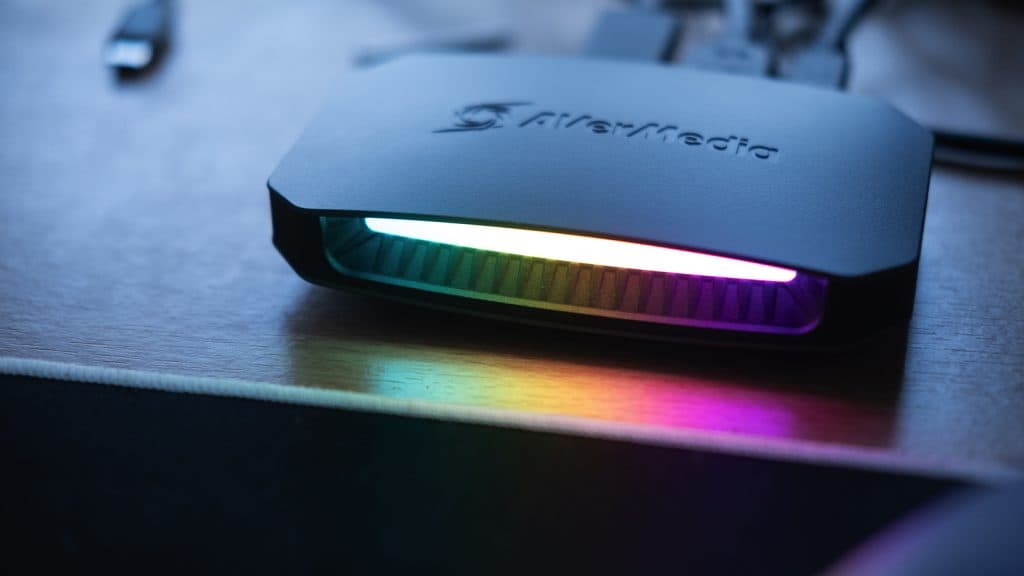AverMedia Live Gamer Ultra 2.1 review: A solid baseline

The AverMedia Live Gamer Ultra 2.1 might be a mouthful, but it’s quickly becoming a fast favorite with its expanded video support.
It has been quite some time since I used AverMedia gear. During the original realization that capture cards could let you share your sick Halo 3 footage online, people flocked to the AverMedia EZCapture (or similar USB devices) because it was considerably cheaper than options from Hauppauge.
Then came Elgato, and suddenly the door was kicked in. A flood of devices are now at our disposal, with more options for recording games than you could ever hope for.
With so many options, and AverMedia still being the underdog in most recommendation races, how does the Live Gamer Ultra 2.1 hold up against the competition?
Key specs
- Input: HDMI 2.1, headset and controller audio 3.5mm ports
- Output: HDMI 2.1 (Up to 4K144 VRR)
- Video output: Up to 4K60 (with VRR supported)
- Max Capture Resolution: 2160p60
- Supported Resolution: 2160p, 1440p, 1080p, 1080i, 720p, 576p, 576i, 480p, 480i
- Video Format: YUY2, NV12, RGB24, P010(HDR)
What’s in the box:
- LIVE GAMER ULTRA 2.1
- HDMI 2.1 Cable
- USB 3.2 Gen 2 Type-C Cable
- 4-Pole 3.5mm Audio Cable
- Quick Start Guide
Design

I love the design of the AverMedia Live Gamer Ultra 2.1. The small, non-desk filling size means it quietly does its job out of the way. It’s ideal, especially on a busy desk with wires all over the place.
While it is a clean design, an irritating thing is that the RGB strip on the front seems to have been given more priority over actual inputs. The headset and controller 3.5mm jacks are on the back of the device, rather than the front. I’m not the biggest fan of RGB to begin with, and realizing that it doesn’t do anything useful is a little infuriating.
AverMedia does have a piece of software that can dim it, but there’s no simple brightness control. Some of the options for effects will have brightness controls in them, but you have to swap to that instead of just turning a slider down.
Features

This is AverMedia’s second HDMI 2.1 card, and currently, one of the only on the market with HDMI 2.1 support. Elgato and AverMedia both had 2.1 supporting devices, but they ran into major issues. AverMedia only supported Thunderbolt 3, rendering it useless to a vast majority of people.
Elgato discontinued the 4K60S+, as the USB 3.0 connection required compression on the hardware side, and it added a two-second delay between the captured image and the game itself. Unless you spend time getting the timings down, it was also useless for anything but prerecorded content.
USB-C and HDMI 2.1
Here, the Gamer Ultra 2.1 sports USB-C 3.2, which provides a huge 10Gbps of bandwidth. Latency to my MacBook Pro or Windows PC was milliseconds off, and there’s great compatibility thanks to USB-C.
HDMI 2.1 brings with it a bunch of “new” features. While it’s been around for over three years now, HDMI 2.1 is still an issue to capture in the console space. The consoles support it, but only up to 120Hz. Now, the additional resolutions and frame rates it can capture are certainly welcome, especially when capturing a PC, but aren’t useful on a console – yet.
AverMedia has outfitted the Ultra with the ability to capture up to 4K60, while the passthrough supports up to 4K144. Even at 4K, as long as the capturing device has a fast enough SSD inside, it’s flawless.
HDR headaches
You now get access to HDR as well, but this too, is a headache, especially on macOS. AverMedia has its software suite, but not one would properly work on Apple’s OS. Some weren’t even translated and finding the right version is like trudging through mud.
Instead, we simply defaulted to OBS, as it’s where most content creators will be spending their time. OBS does support HDR on Windows and macOS after version 28. However, macOS can’t apply the settings for HDR to the source itself, leaving the AverMedia capture card looking slightly weak.
Over on Windows, you can capture some fairly accurate HDR content, but again, your mileage is going to vary massively. I thought the footage captured looked fine, but it’s too much of a headache.
In my honest opinion, until HDR is just the baseline, it’s too much of a hassle and risk to your content to record gaming footage in. Twitch still doesn’t support it live, and YouTube can serve HDR content, but won’t default to it and uses tone mapping.
Video looks great on the AverMedia Ultra 2.1
Once you turn off HDR from the source (in this case an Xbox Series S with Alan Wake 2), all the footage still looks crisp and accurate. The minimal latency also means you could theoretically play through your monitor of choice.
This meant that Mario Wonder on the Switch looks fantastic when playing it back. Capturing the various successes through the game we never noticed a dropped frame or any real choppiness.
On newer consoles and PCs, variable refresh rate (VRR) helped bring the AverMedia Live Gamer Ultra 2.1 together, smoothing footage out in a fairly clean way. It’s a solid cohesive capture device with a depth of future-proofing features. There are also two ports on the back, allowing for party and chat audio to be brought in and rerouted.
Should you buy it?

The AverMedia Live Gamer Ultra 2.1 is an excellent package, bringing modern technologies to the table in a suitable fashion at last. It’s quick to set up and boasts an incredible array of features. While the software offering is disappointing, there are so many options now to counteract that, that it’s hardly worth complaining about.
The Verdict: 4/5
As of right now, AverMedia – for however short a time it is – currently provides one of the best options for video game content creation on the market right now. The tech it packs and the options that leads to is unparalleled – right now – for a consumer device at this level.
If you click on a product link on this page we may earn a small affiliate commission.



